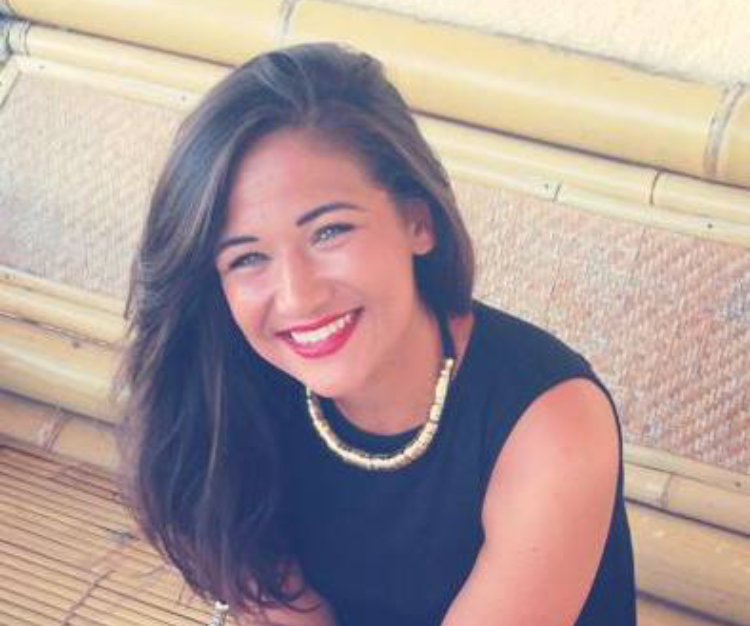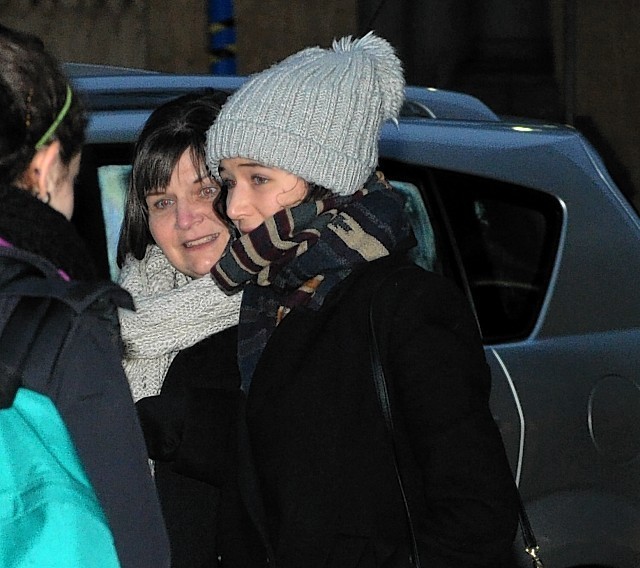A student accused of causing the death of a pensioner by driving dangerously phoned her dad seconds after the fatal crash – instead of dialling 999.
Rachel Forsyth made the call from her vehicle as Lillian Morrison lay dying in the street.
Seconds earlier Forsyth’s black Vauxhall Corsa had careered into the OAP as she used a broken pedestrian crossing on Aberdeen’s Queens Road on December 27, 2012.
The impact caused the 79-year-old to “fly through the air” and suffer major head, neck and chest injuries.
Yesterday Forsyth sobbed in the witness box at the High Court in Aberdeen as she told jurors she had not seen Mrs Morrison until the OAP struck her windscreen.
And the 21-year-old insisted she had not been using her Blackberry mobile phone in the seconds leading up to the impact.
Forsyth was giving evidence during the third day of the trial against her.
It is alleged she caused the death of Mrs Morrison by failing to pay attention as she drove down the busy city road just two days after Christmas.
Forsyth, of 5 Hilltop Crescent, Westhill, is alleged to have been using a mobile phone when her vehicle ploughed into the OAP.
Prosecutors claim she did not notice Mrs Morrison as she used an out-of-order pedestrian crossing close to the junction with Groats Road, even though the pensioner was “plainly visible”.
Forsyth denies the charge against her.
Yesterday the jury of six men and nine women heard Forsyth’s initial thought was that she had struck a cyclist and her first response was to call her father from the car.
During cross examination, advocate depute Brian Erroch, prosecuting, asked why she did not immediately get out of the vehicle following the collision.
Dressed smartly in a black and white stripy jacket and black blazer, she replied: “I obviously panicked. My windscreen had smashed and my first thought was I need help and decided to phone him.”
Mr Erroch asked the event management RGU student if she had been aware of striking something at the point she decided to call her dad.
She replied: “I knew I had hit something. At the time I thought it might have been a cyclist. I wasn’t sure what I had hit.”
Mr Erroch said: “You surely must have seen her?”
She replied: “No I did not see her coming.”
Mr Erroch asked Forsyth if she had been on her phone when the crash happened as witnesses claimed she had insisted to them that she had not been using it at the time.
She denied this, but said she was carrying the device when she eventually left the car and approached the scene.
Forsyth said: “I had my phone in my hand when I spoke to them and that’s why I wanted to tell them I had not been on my phone.”
Mr Erroch asked her: “The first thing you said wasn’t ‘what have I run over?’ was it?
“Did you ask any civilian witnesses at the scene what there was on the pavement?”
She replied: “I had jumped over the wall and saw there was a pedestrian and everyone was speaking. I heard them talking about the situation and the state she was in.”
The court also heard Forsyth had been driving at the 30mph speed limit when the collision happened.
She said she had sent her mother a text from her house in nearby Kingswells before she set off for work.
She said: “I sent her a text when I was in the car just to tell her I had walked the dog and had gone to work.
“I was stationary in my car in the driveway.”
The jury heard the mobile phone had recorded the text being sent at 4.07pm but Forsyth said she did not know if the clock on the device was accurate.
She couldn’t remember whether she had set the time herself or if it had been set automatically through the network.
Further evidence agreed in a joint minute was read out to the court, stating that witness Louise Lovie called for an ambulance to attend the scene at 4.10pm.
The trial, before Lord Turnbull, continues.

